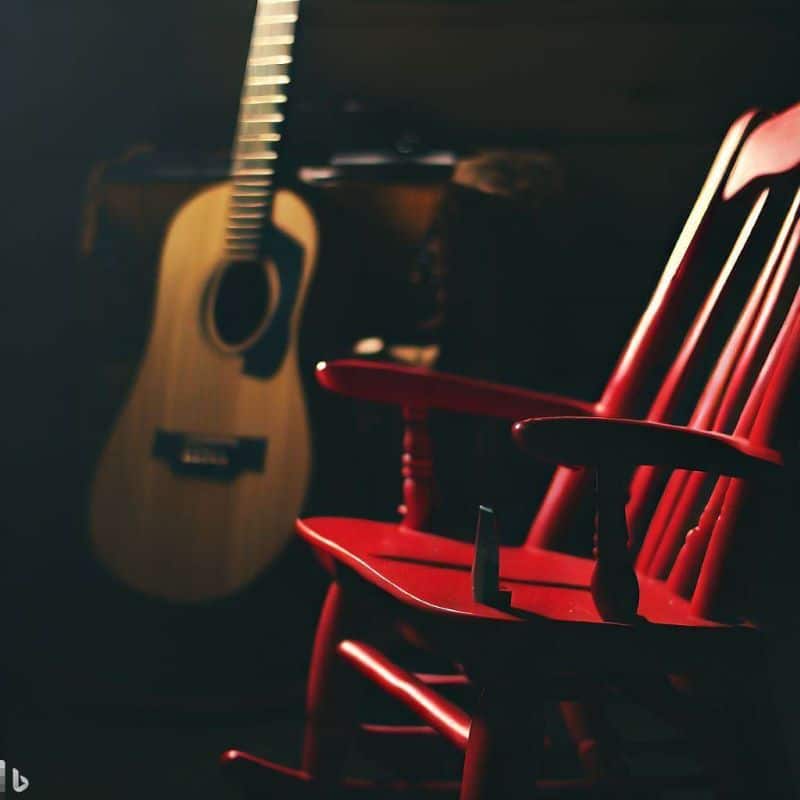Why The Way People Teach Chords Makes NO Sense!

As I look back on my own musical training, one thing I view with absurdity is the way chord knowledge is taught. Often a beginner will buy a chord chart with 100-200 different chords on it and try to memorize as many as possible. Eventually the memory runs out, and you’re left with no true understanding. This is certainly the wrong way to go about things.
Visualizing Chord Connections
Instead, what you want to be able to do is SEE THE CONNECTION between each chord. Teach yourself in such a way that even if you see a chord you don’t know, you can figure it out. I’m writing this article without the use of musical notation or TABS. I want the ideas to be useful for anyone on any instrument. I’m assuming you know how to play a major chord and know where the root (1) and 3rd are within the shapes on your instrument. If you don’t, that is where I would begin before continuing with this article.
Major Chord
Let’s start simple, with a Major Chord. It’s spelled out by the scale degrees:
1-3-5
In the key of C major, this is C-E-G. For the purposes of my instruction, I want to double the root, so let’s have a chord that contains the notes C-E-G-C. It’s the same chord, but we need FOUR NOTES to derive all of these other more complicated chords systematically. It’ll make more sense in a minute!
The next chord up is called a MAJOR 7th. Now that seems complicated at first; however, it shouldn’t be intimidating at all. Take the C major scale (C D E F G A B). What is the SEVENTH note? It is B. Now, let’s go back to our major chord and change the doubled C to a B.
Major 7th Chord
1-3-5-7
Using letters, it is spelled C-E-G-B. However, what I want you to take ‘note’ of is how the C note is simply moved down a half-step. B is only a half-step away from C, knowing this will help you visualize the dots here to connect.
A fast way to locate any major 7th chord on any instrument is to take the root (or 1) up an octave and lower it by a half-step. This works great for playing maj7th arpeggios as well.
REPEAT: Major 7th = Move the root down a half-step.
7th Chord
Next up, let’s look at C7 (sometimes called C dominant 7). Music often makes things more complicated with its confusing names. I didn’t make the naming rules, but it turns out when they say C7, the 7th they are referring to here is a FLAT 7.
Don’t worry, all you do is take the note from the MAJOR 7th above and move it down yet another half step. That’s right, you get a Bb note now. So a 7th chord is spelled out:
1-3-5-b7
Using letters, these are the notes C-E-G-Bb. Let’s review:
If it has the word MAJOR in front of the 7th, you only move the 2nd root down a half-step. If it’s written as “C7,” then you move the root down a whole step (or two half-steps).
In my opinion, one should learn all of these things together; that way you see them all as connected. Learn Major-Major7th-7th. Do this exercise on your instrument, play all three chords in succession, making sure you see how they are connected by minute differences.
6th Chord
We have gone through all of the major types of 7th chords. What comes before 7? Six of course. You’ll see a chord called a C6. Once again, I didn’t make the rules, but you don’t put the word MAJOR in front of this chord. It is simply C6. So, what do you think this means? You move the note down once again. At this point, the root moves down half-step, half-step, half-step (or a whole-step plus another half-step). Here is how the chord is spelled:
1-3-5-6
Using letters, the chord is C-E-G-A.
You have learned three “complicated” chords by doing nothing but moving one little note down in steps. That’s all there is to understanding these chords. At the same time, I will tell you, on some instruments, modifications have to be made to reach these notes in certain positions along the fingerboard.
For example, one common thing to do is remove the fifth out of the chord. The fifth doesn’t determine if it is major or minor, so it is deemed a non-essential note sometimes. This sometimes allows for an easier fingering, especially for faster playing.
Chord Wrap Up
That’s all for this series; I’d help you connect your minor chords later. I hope this helps you learn your major chords quicker. Above all, I hope it helps you see the CONNECTION between these chords so you truly understand them and don’t just memorize them. As there are multiple fingerings and positions for each chord type, seeing these connections will enable you to assimilate material much quicker.


